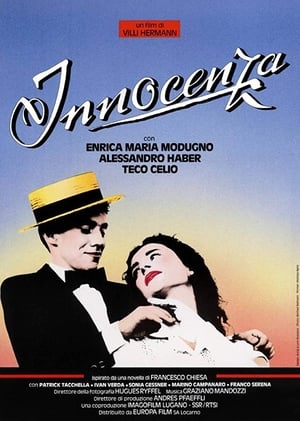
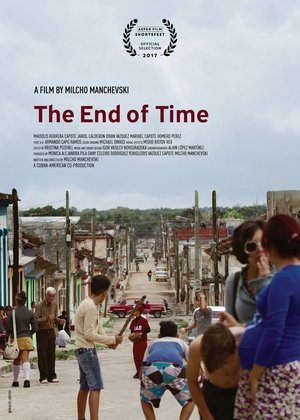
The End of Time(2017)
An experimental film about that one hypnotic moment on a regular, unassuming Tuesday when one realizes that time has stopped and the universe has been sucked into a single smile.

Movie: The End of Time
Top 5 Billed Cast
Herself
Himself
Himself
Herself
Himself

The End of Time
HomePage
Overview
An experimental film about that one hypnotic moment on a regular, unassuming Tuesday when one realizes that time has stopped and the universe has been sucked into a single smile.
Release Date
2017-04-05
Average
5
Rating:
2.5 startsTagline
Genres
Languages:
EnglishKeywords
Recommendations Movies
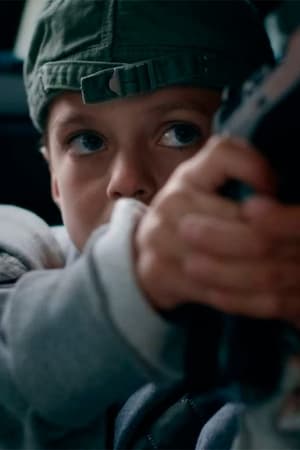 6.0
6.0Pistol(da)
Bilal is picked up from school by his father, who is a taxi driver. But before they have time to drive, an unpleasant man jumps into the taxi. Bilal's father says he has time off, but the man threatens him with a gun to give him a taxi ride. Bilal, who does not understand the seriousness of the situation, sits next to the man with his toy gun. The man and Bilal begin a dangerous game with firearms, and it develops into a tense situation
Film(en)
"This piece, with the generic title Film, is a series of short videos built around one protocol: a snippet of news from a newspaper of the day, is rolled up and then placed on a black-inked surface. On making contact with the liquid, the roll opens and of Its own accord frees itself of the gesture that fashioned it. As it comes alive in this way, the sliver of paper reveals Its hitherto unexposed content; this unpredictable kinematics is evidence of the constant impermanence of news. As well as exploring a certain archaeology of cinema, the mechanism references the passage of time: the ink, whether it is poured or printed, is the ink of ongoing human history." –Ismaïl Bahri
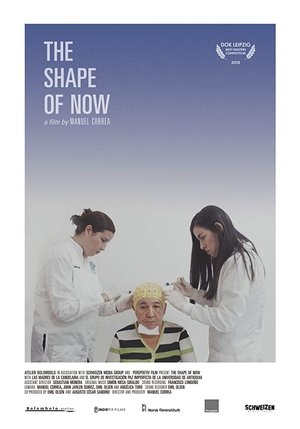 5.0
5.0The Shape of Now(es)
According to estimates around 200,000 people lost their lives in the 50-year Colombian civil war. Another 25,000 were kidnapped, many are still considered missing. When the peace deal between the government and the FARC rebels was made in November 2016, guns were banned from the conflict. But the country's population have since faced the almost impossible task of having to agree on a common past. "The Shape of Now" illuminates this strenuous process and thus Colombia's leaden present from very different perspectives.
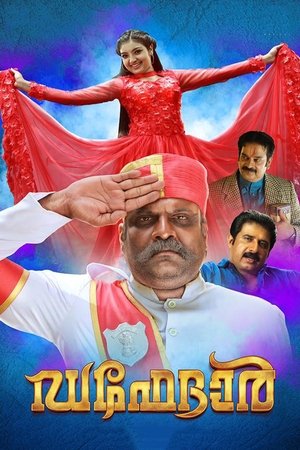 5.5
5.5Daffedar(ml)
Daffadar is the story Ayyappan, a 65 years old honest, sincere, and compassionate security personnel (Daffadar) of the Collector for over 40 years. Evenafter his retirement he dresses as Daffadar and goes to the Collectorate every day
 10.0
10.0RLP: the documentary(pt)
"Rola Low Profile" is a compelling documentary that delves into the final journey of a group of friends from the Federal Institute of Rio Grande do Norte (IFRN) Campus Ceará-Mirim during their last year of high school. Through authentic and intimate moments, the film captures the farewells, expectations, and challenges these young individuals face as they prepare to embark on diverse paths after graduation. With laughter, tears, and a soundtrack that encapsulates the essence of this unique phase of life, "Rola Low Profile" celebrates friendship, resilience, and personal growth, offering an unforgettable portrait of the last chapter of this shared educational journey.
2nd War Hats(en)
Somewhere in a bombed city: transvestite heads show beautiful ladies hats. We see the latest fashion and hear cheerful music while the war continues.
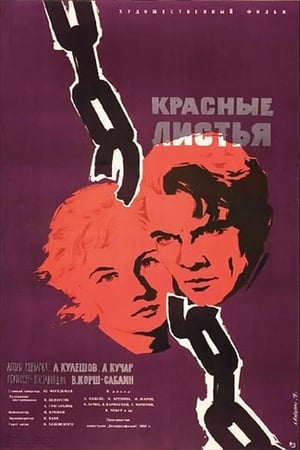 5.0
5.0Red Leaves(ru)
A story is taking place in West Belarus where local rebels are fighting for the unification with Soviet Union during 1930-ies.
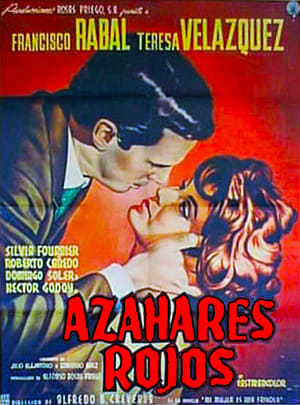 5.0
5.0Azahares rojos(es)
Family with young-adult children returns to Mexico after many years in Spain.
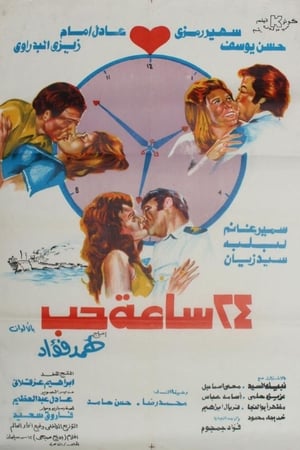 5.6
5.624 Hours of Love(ar)
After six months at sea, three navy officers return home for a short 24-hour leave, hoping for warmth and affection from their wives. Instead, they're met with cold shoulders and mistrust.
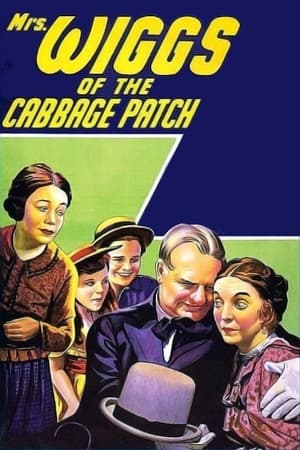 6.0
6.0Mrs. Wiggs of the Cabbage Patch(en)
The Wiggs family plan to celebrate Thanksgiving in their rundown shack with leftover stew, without Mr. Wiggs who wandered off long ago an has never been heard from. Do-gooder Miss Lucy brings them a real feast. Her boyfriend Bob arranges to take Wiggs' sick boy to a hospital. Their other boy makes some money peddling kindling and takes the family to a show. Mrs. Wiggs is called to the hopsital just in time to see her boy die. Her neighbor Miss Mazy wants to marry Mr. Stubbins who insists on tasting her cooking. Mrs. Wiggs sneaks her dishes past Stubbins who agrees to marriage. Mr. Wiggs appears suddenly, in tatters, with just the amount of money (twenty dollars) needed to save the family from foreclosure. Miss Lucy and Bob get married.
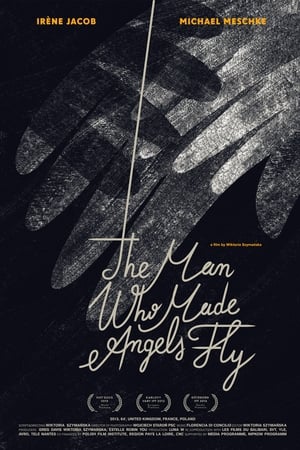 7.0
7.0The Man Who Made Angels Fly(en)
When the lights dim and the stage is revealed, Meschke channels life through the strings of his puppets, triggering the spiritual connection between the creator and his alter-egos: the charismatic Don Quixote, the loving Penelope, the inquisitive Baptiste, or the mysterious Antigone. THE MAN WHO MADE ANGELS FLY is a poetic story about a master of his craft that has inspired audiences to reflect upon common issues of suffering and the mortal coil. Visionary and un-biographic, imaginary tribute to the puppeteer.
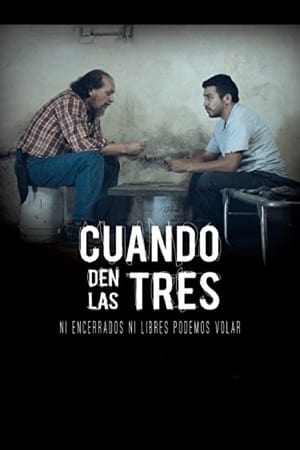 3.0
3.0When the Three O'Clock Comes(es)
The oppression of organized crime and the blind eyes of the government raging for years leaving people without hope. Pedro Ignacio and members of self-defense, are responsible for retaining the governor's daughter as a last easure to be heard.
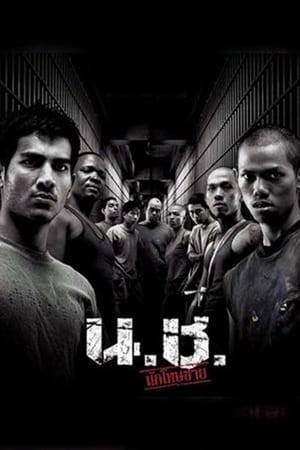 5.8
5.8Bangkok Hell: Nor Chor - The Prisoners(th)
Ray's life is turned upside down when he is jailed for the accidental vehicular homicide. Life behind bars is bitter and violent. Over crowding, male rape, and drug abuse are the order of the day. The warden offers him a way out from this daily torment by working for him. He does his job well but he soon begins to realize that many of those incarcerated are innocent or victims of bad circumstances - but what can he do to help and how much danger is he placing himself in?
Mugged Off III: Origins(en)
Big fire! Strong man, Mug, like rock, with big hands. One day, bad guys take his mug, precious! Mug gets angry. He hunt them in jungle, cross rivers, climb high hills. All he want is mug back. No mug, no happy! Along way, he meet big animals, like lion and giant bear, but Mug not care. He smash them all with his mighty fists! He keep going. Must find mug! The sun go down, but Mug never stop! At end, Mug find bad guys in big cave, hide with his mug. He roar loud, smash rocks, and fight with big stick! Bad guys run away, scared. Mug hold mug high, proud! The people in village cheer, because Mug is hero. Mug laugh, drink from mug, and all happy. He look at mug, smile big. Mug never lose again!
Similar Movies
 7.5
7.5Brasilia, Contradictions of a New City(pt)
In 1967, de Andrade was invited by the Italian company Olivetti to produce a documentary on the new Brazilian capital city of Brasília. Constructed during the latter half of the 1950s and founded in 1960, the city was part of an effort to populate Brazil’s vast interior region and was to be the embodiment of democratic urban planning, free from the class divisions and inequalities that characterize so many metropolises. Unsurprisingly, Brasília, Contradições de uma Cidade Nova (Brasília, Contradictions of a New City, 1968) revealed Brasília to be utopic only for the wealthy, replicating the same social problems present in every Brazilian city. (Senses of Cinema)
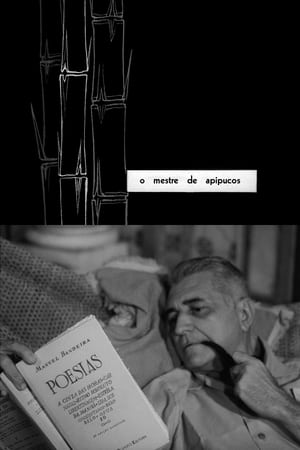 6.6
6.6The Master of Apipucos(pt)
Documentary about influential Brazilian sociologist Gilberto Freyre, made in his country house in Apipucos, Pernambuco (Northeast Brazil).
Fanalysis(en)
Actor/cult icon Bruce Campbell examines the world of fan conventions and what makes a fan into a fanatic.
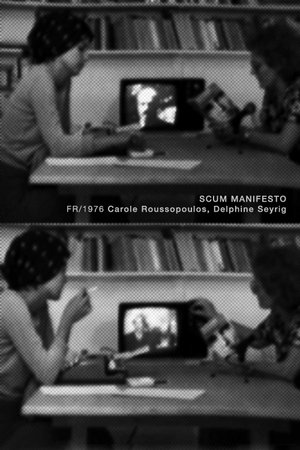 5.3
5.3Scum Manifesto(fr)
Delphine Seyrig reads passages from a Valerie Solanas’s SCUM manifesto.
 0.0
0.0The Daughters of Daedalus(es)
Yolanda has a special relationship with objects, she obtains them, knows them and accumulates them. The protagonist bears witness to the bond she has with the objects she treasures and gives a glimpse of its origin: the loss and love; as we enter her living space, her home.
 6.1
6.1Hakob Hovnatanyan(hy)
Exploring the art of Armenian portraitist Hakob Hovnatanyan, Parajanov revives the culture of Tbilisi of the 19th century.
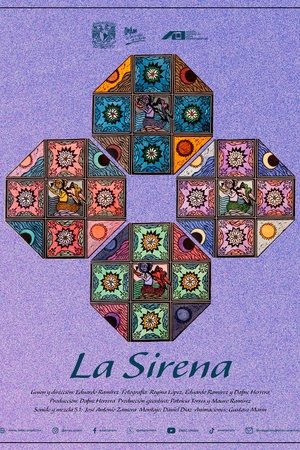 0.0
0.0The Mermaid(es)
A trip that the author makes to a distant beach trying to find the place where his grandfather made a painting years ago.
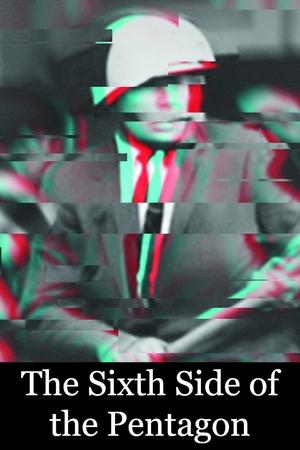 5.9
5.9The Sixth Side of the Pentagon(fr)
On October 21, 1967, over 100,000 protestors gathered in Washington, D.C., for the Mobilization to End the War in Vietnam. It was the largest protest gathering yet, and it brought together a wide cross-section of liberals, radicals, hippies, and Yippies. Che Guevara had been killed in Bolivia only two weeks previously, and, for many, it was the transition from simply marching against the war, to taking direct action to try to stop the 'American war machine.' Norman Mailer wrote about the events in Armies of the Night. French filmmaker Chris Marker, leading a team of filmmakers, was also there.
 5.9
5.9Larisa(ru)
Elem Klimov's documentary ode to his wife, director Larisa Shepitko, who was killed in an auto wreck.
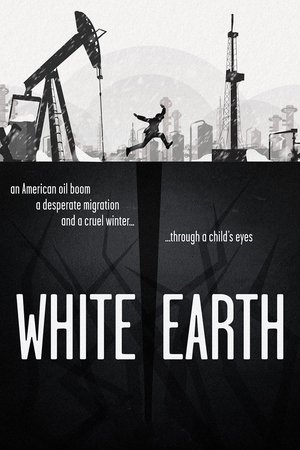 6.4
6.4White Earth(en)
An oil boom has drawn thousands to America’s Northern Plains in search of work. Against the backdrop of a cruel North Dakota winter, the stories of three children and an immigrant mother intertwine among themes of innocence, home, and the American Dream.
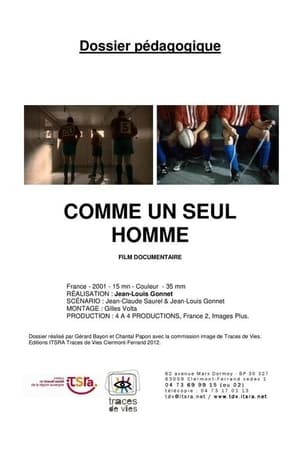 0.0
0.0All for One(fr)
In a closed locker room, rugby players perform the last pre-match rituals. Warming up their souls and bodies, all tense in anticipation of the fight.
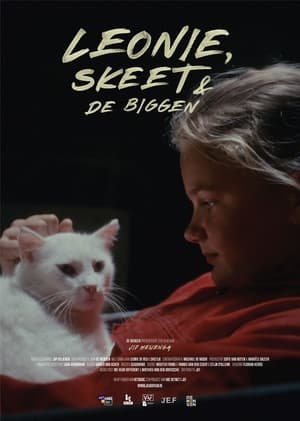 10.0
10.0Leonie, Skeet and the piglets(nl)
Leonie’s dream is to become a pig farmer, just like her parents. She wanders happily around the farm, helping out in any way possible. She tends to the pigs, and is present from the fertilisation of the sows to the moment the truck leaves for the slaughterhouse. The family farm teaches her about the circle of life. However, new laws on nitrogen emissions have undermined the economic viability of the farm, and bankruptcy looms. Together with her cat Skeet, Leonie watches the last pigs disappear from the farm, and she realises that her dream of becoming a pig farmer might not come true.
 0.0
0.0P for Paparazzi(hi)
Aspiring to make it big in the page 3 industry, an established paparazzi Manoj takes his chance against fellow photographers in a race to capture the most sensational photos in order to battle the realities of life. Maithili language film.
 0.0
0.0Mic Drop(hi)
In a region where the native language is often overlooked, a young Bundelkhandi rapper works tirelessly on his first album. As he faces financial struggles and a lack of resources, the question remains: will he be able to make it and at what cost?
 7.0
7.0Fajr(ar)
In the Moroccan desert night dilutes forms and silence slides through sand. Dawn starts then to draw silhouettes of dunes while motionless figures punctuate landscape. From night´s abstraction, light returns its dimension to space and their volume to bodies. Stillness concentrates gaze and duration densify it. The adhan -muslim call to pray- sounds and immobility, that was condensing, begins to irradiate. And now the bodies are those which dissolves into the desert.
Clouds Weep on the Greenness(fa)
A young girl is trying to relate to her grandmother's death which quickly becomes more than a personal loss.
 10.0
10.0Conversations of a Marriage(es)
A portriat of the daily lives of Beatriz and Gilberto, a couple that has been together for over 40 years. A reflection about love and marriage. An intimate glimpse into the lives of two people who struggle to live in harmony.
